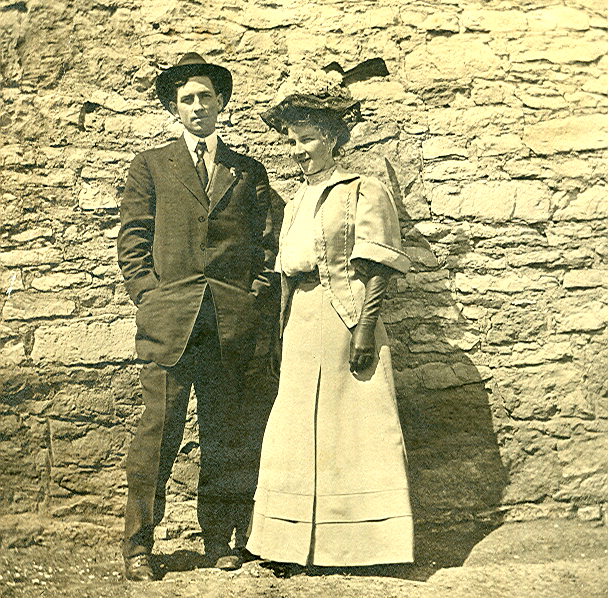

by Thomas B. McDavitt
The Lawrence Journal World, September 9, 1909, Lawrence, Douglas County, Kansas
A wedding which will be of general interest to many people in Lawrence will be that which will take place this evening at eight o’clock when Miss Carrie Kasold, daughter of Mr. and Mrs. P.A. Kasold will be united in marriage to Mr. Bruce Pilcher. The wedding will take place at the home of the bride’s parents on west Warren street and will be a quiet home affair.
The Lawrence Journal World, September 10, 1909, Lawrence, Douglas County, Kansas
A home wedding attended by an unusual number of artistic features was that which took place last evening at the home of Mr. and Mrs. P.A. Kasold at their home on West Warren street, when their daughter, Carrie, was united in marriage to Mr. Bruce Pilcher. The ceremony was performed out of doors on the veranda, and thus an air of natural simplicity pervaded the entire affair. Overhead was suspended a large white wedding bell while all around were banked quantities of ferns and palms making in all a most beautiful green and white effect. At eight o’clock Miss Clara Sutorious of Kansas City, began the wedding march marking the formal entrance of the bride and groom, who stood under the bell. The ceremony was performed by Rev. E.E. Stauffer, pastor of the Lutheran church, and was witnessed only by relatives and a few intimate friends. The bride looked charming in a dainty white bridal gown and she was unattended. Following the ceremony, a course luncheon was served. Mr. and Mrs. Pilcher will leave shortly for Albuquerque, N.M. where they will make their home. Both of these young people are very well known in Lawrence and have a large circle of friends. Mrs. Pilcher is truly a Lawrence young woman, having been reared in this city, receiving her education in the schools here. She is a very capable young woman and has the happy faculty of making friends of all those whom she meets and the more rare one of retaining them. Mr. Pilcher formerly lived in this city when the family came here to educate the children. He is a graduate of the High School and attended the University where he took the engineering course. He now holds a responsible position in New Mexico.
The out of town guests here for the wedding last night included the following:
Miss Clara Sutorious, Kansas, City; Mr. Dye, Hutchinson; Miss Blanche Pilcher, Lagoona [sic], N.M.; Mrs. Newman [sic], Miss Ida Newman [sic], Beavertown, Wis; Mrs. Kirk Fitzpatrick, Lecompton.
Honeymoon & After
Bruce & Carrie traveled on the Santa Fe Railroad from Lawrence Kansas, to Zuni Village/ Blackrock, New Mexico, stopping first in Albuquerque. They carried their clothing and household goods in two large trunks. These trunks are currently in the possession of Carol Pifer and Judy Lewis. The newlyweds stayed at the Alvarado Hotel, next to the Santa Fe Depot.
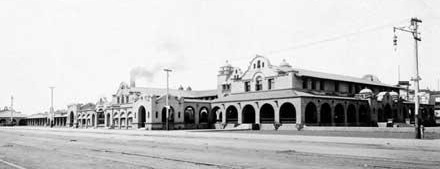
After their stay, they took the train to Gallup, where they disembarked for the 40+ mile trip to Blackrock. This trip was by “spring wagon” and lacked any amenities other than a stop at the “halfway house” midway between Gallup and their destination. The palatial nature of that facility bore no comparison to the Alvarado. J Upon reaching Blackrock, Bruce and Carrie set up housekeeping in their adobe hacienda.
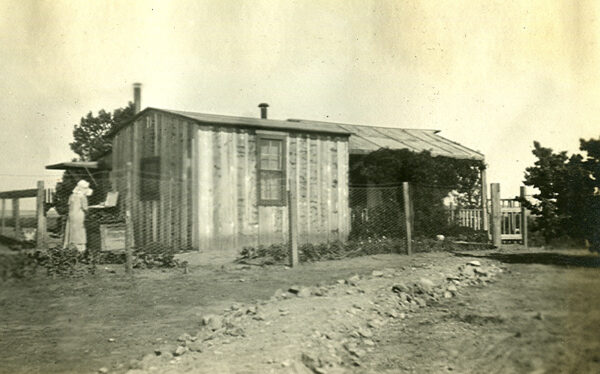
They were not without youthful spirits and ideas to amuse themselves and others. They were close enough to the same size that their “gender switch” even included the shoes, which Carrie remembered as size five.

Bruce worked on the Zuni Dam project which was part of the Reclamation Act of 1902. The Newlands Act of 1902, named for its author, Francis Griffith Newlands, Democratic Representative from Nevada, preceded the Reclamation Service, created in July 1902, which later became the Bureau of Reclamation. The bill allowed the government to undertake irrigation projects to establish farms for relief of urban congestion.

In the 1910 Federal Census of New Mexico Territory, Bruce is listed as the Civil Engineer for the US Irrigation Service. Living nearby were many of the people who appear in photos taken by Bruce and Carrie, probably with a Brownie box camera. They include Frederick (Katherine) Van Moll, he the Timekeeper for the US Irrigation Service and she a teacher in the Indian School; Rollin (Anna) Ritter, he a Civil Engineer for the US Irrigation Service; William (Etta) Oliver, Superintendent of the US Indian School, with Myrtle Maddox, Joanna Speer and Anna (Fred) Canfield, Matrons, and Mark (Amelia) Garrison from Kansas, Teacher; Andrew (Effie) Kelsey, Salesman at the Indian Trading Store; Edward (Mary) Davis, Physician at the US Indian School, a mulatto from Missouri, a George Rathbourne, Foreman for the US Irrigation Service.
Bruce and Carrie found many things to keep them occupied. Carrie made day outings with the other ladies of the vicinity while Bruce worked on the project. Bruce was also a volunteer weatherman who made regular “climatic records” and sent them to the US Department of Agriculture Weather Bureau in Santa Fe.
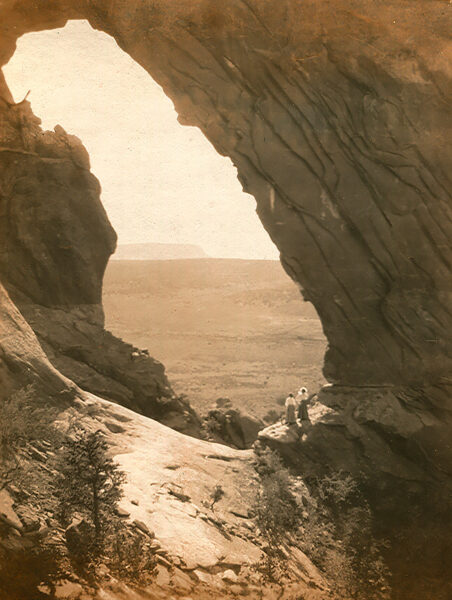

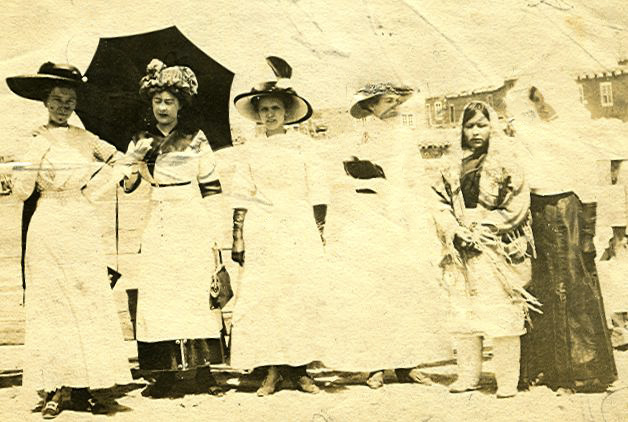
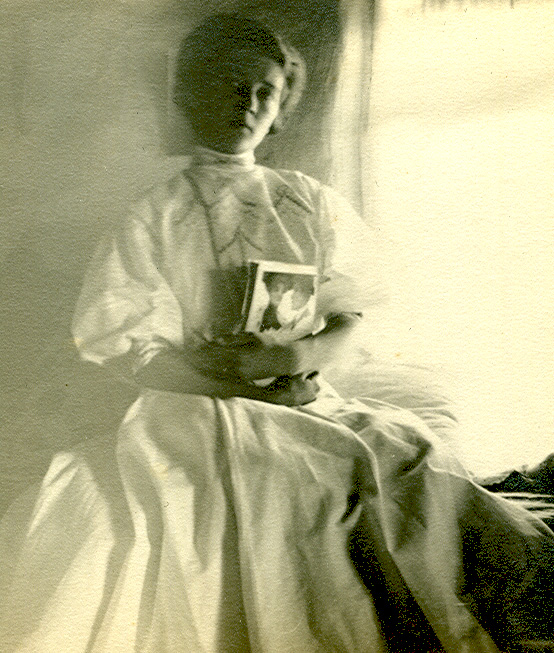
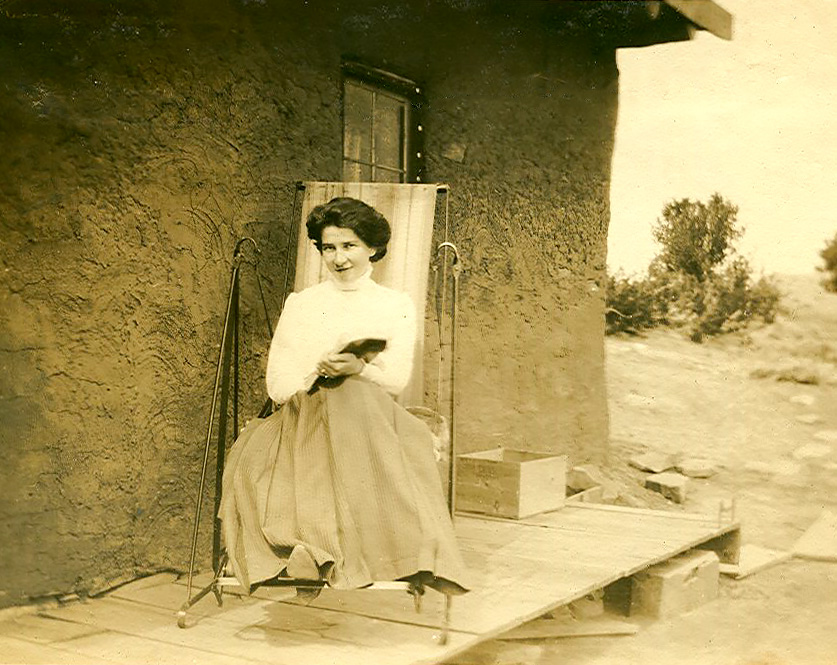
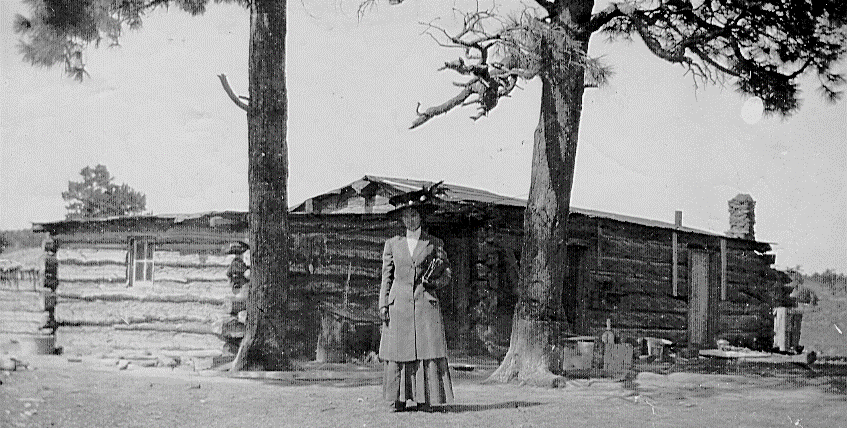
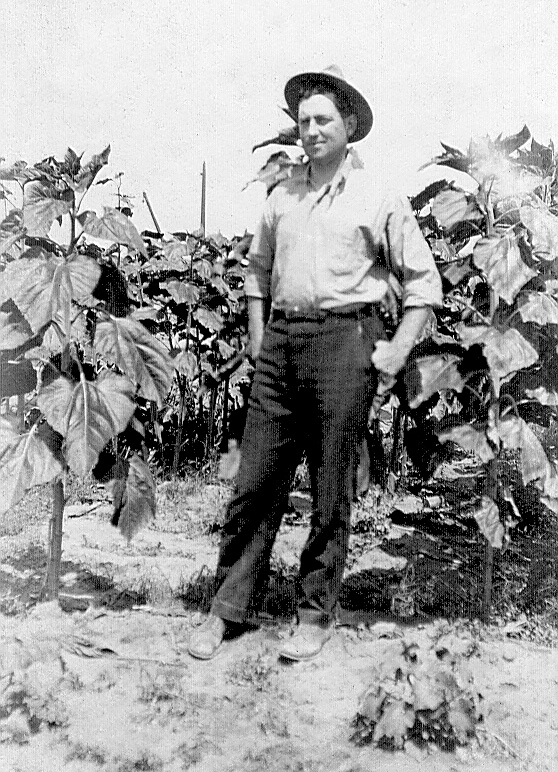
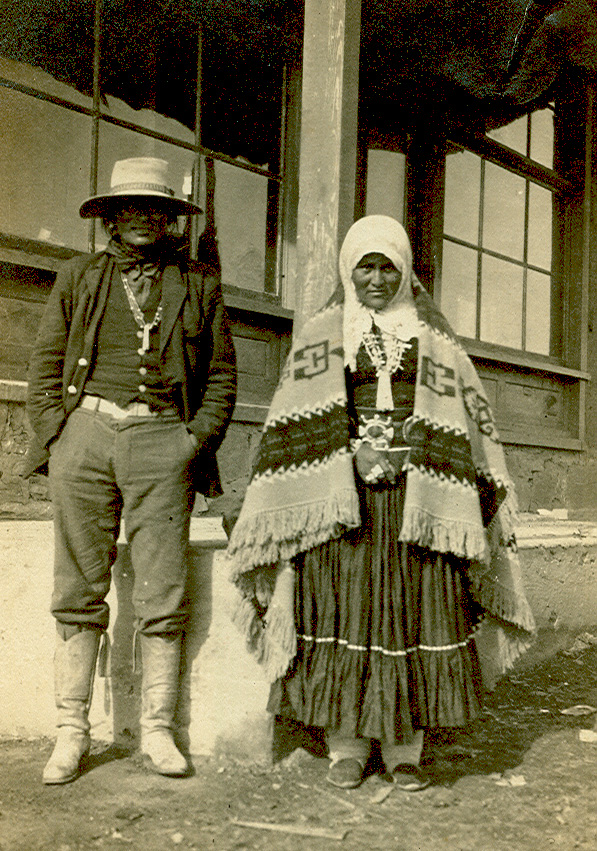
Zuni Pueblo was at 6280 feet above sea level, the largest Indian village in the world with a population of 3000. Charles Ilfeld had one of his numerous trading posts there where trade and purchase of a multitude of items took place.
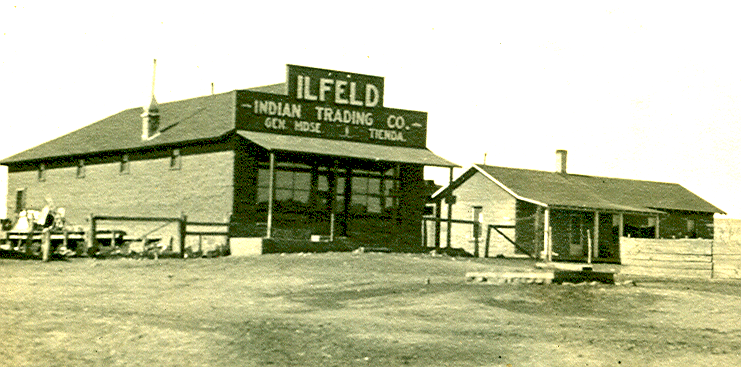
The Zuni People carried on their traditional lifestyles, modified by the disruption of the irrigation project and other “imported” ideas. Bruce planted a crop of sunflowers to remind him of his Kansas roots and Carrie took up housekeeping, Grandma Kasold was busy on the farm in Lawrence and would buy fabric and patterns for clothes for the twins, but had little time to sew, since the dairy was a high labor content operation. Carrie would get the fabric and patterns from her mother, make the clothes for the twins, and send them back to Lawrence on the train. She was a very accomplished seamstress and continued to make clothes for herself, her sisters and later her daughters. There are no records to be found about what Carrie liked to read, although one picture shows her with what looks like the Ladies Home Journal. Life in New Mexico territory didn’t change much as New Mexico moved toward statehood. Life changed for Bruce when the sudden floods from the high mountains rushed down onto the Zuni plateau and washed away the spillway and wrecked the south end of the dam. Reconstruction and a longer stay was the result. Life began to change in 1913 when Louise Carolyn Pilcher appeared on the scene.
From Cro$$Ties, the Pilcher-Kasold Newsletter authored by Thomas B. McDavitt
September – December 2004 Edition and January – March 2005 Edition
